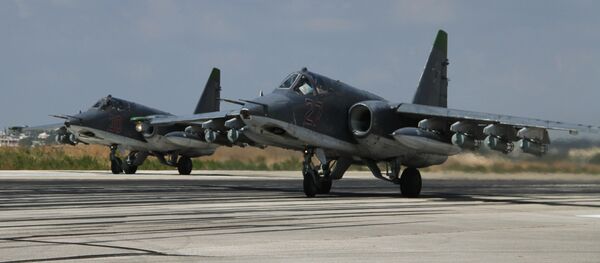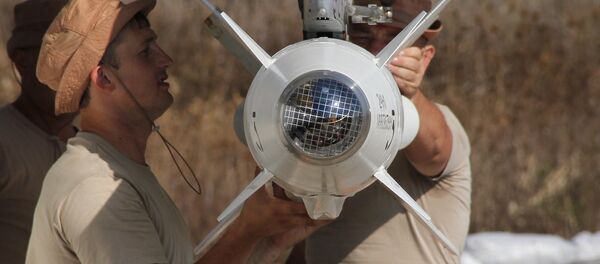"The bomb is in trials on the Sukhoi Su-34 [Russian fighter jet], with the trials to be completed late this year," Region's director general, Igor Krylov, told IHS Jane's at the Russian Defense Ministry Innovation Day.
There are two versions of the 250-kilogram KAB: a laser-guided version and a satellite-guided version.
The KAB-250 follows the larger KAB-500, which made its combat debut in September when the Russian military began launching airstrikes in Syria.
The KAB-250 will enter the weapons suite of the PAK FA fifth-generation fighter next year. It can be mounted externally or stored in the jet’s internal weapons bays.
According to Krylov, the KAB-250 was developed in response to the Small Diameter Bomb, which the United States developed for its F-22 Raptor and F-35 Lightning II fifth-generation fighters, IHS Jane's reports.
The KAB-250 has a fragmentation warhead designed to destroy lightly vulnerable materiel, thin-skinned vehicles, and other enemy installations. The bomb can be dropped individually or in salvoes. The aircraft carrying the KAB-250LG-Es must be fitted with a laser illumination system or the target can be illuminated by a forward air controller, according to IHS Jane's
The KAB-250 weighs a total of 565 pounds, with a warhead of 365 pounds and a 200-pound explosive.
The bomb is 10.5 feet long. It has a complex, compact tail design and is fitted with four long-chord, short-span wings to increase its glide range. It falls from an aircraft at a rate of 655-1,150 feet per second.




